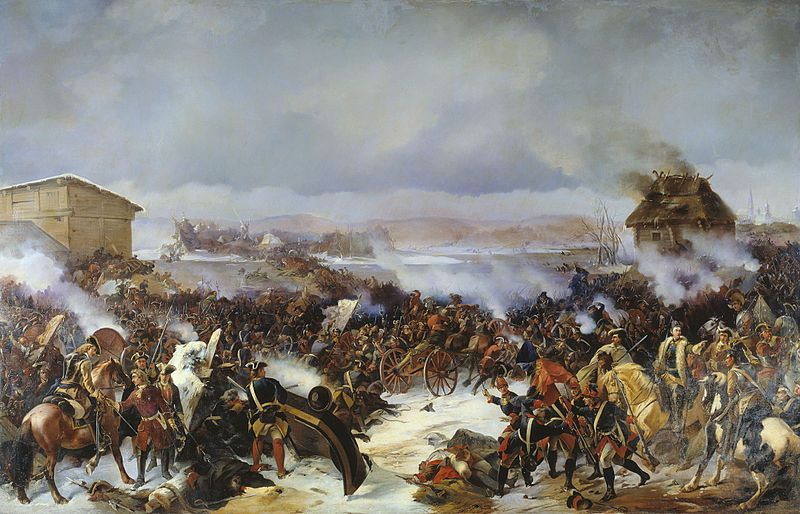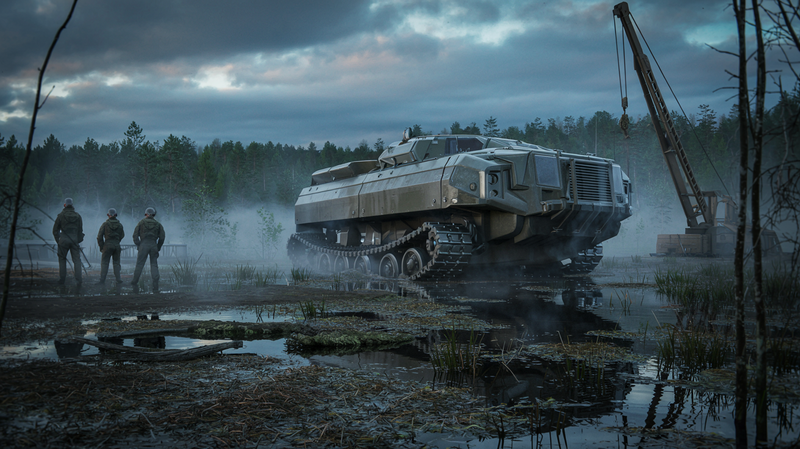The Great Northern War and its Aftermath: The Treaty of Nystad and the Price of Territory
In the landscape of European history, the Great Northern War stands out as a pivotal shift of power in the Baltic region. Spanning from 1700 to 1721, it marked the decline of the Swedish Empire’s dominance and the rise of the Russian Empire as a formidable force in northern

In the landscape of European history, the Great Northern War stands out as a pivotal shift of power in the Baltic region. Spanning from 1700 to 1721, it marked the decline of the Swedish Empire’s dominance and the rise of the Russian Empire as a formidable force in northern Europe. The culmination of this vast and complex conflict was encapsulated in the Treaty of Nystad, a document that not only redefined territorial boundaries but also assigned a monetary value to them.
The 17th century was an era of Swedish ascendancy, with the Swedish Empire's aggressive expansions under leaders like Gustavus Adolphus. This expansion alarmed neighboring powers, especially Russia, Denmark-Norway, and Poland-Saxony. As the century turned, these simmering tensions erupted into open warfare.
Early in the conflict, the young and ambitious King Charles XII of Sweden demonstrated his military prowess with impressive victories. The Battle of Narva in 1700, where a significantly outnumbered Swedish force triumphed over the Russians, echoed this sentiment. This was followed by successes against the Poles and Saxons.
However, the tides began to turn as Charles XII overreached with his invasion of Russia. The catastrophic Battle of Poltava in 1709 witnessed a crushing defeat for the Swedes. This defeat marked the beginning of Sweden's decline and paved the way for Russia to assert its dominance in the Baltic territories, particularly Estonia and Livonia.
As the war drew to its conclusion, the warring parties recognized the need for a diplomatic resolution. The Treaty of Nystad, signed on 30 August 1721, became that very instrument of peace. The treaty saw Sweden ceding vast territories, including Ingria, Estonia, and significant parts of Livonia, to Russia.
But what's truly remarkable about the Treaty of Nystad was the compensation that Russia agreed to pay to Sweden. In a testament to the economic and strategic value of the annexed territories, Russia agreed to a sum of two million efektive riksdaler. This significant monetary compensation underscores the importance of the territories and perhaps served as an acknowledgment by Russia of Sweden's sacrifices and losses during the war.
In essence, the Treaty of Nystad wasn't just a mere political agreement; it was an economic transaction. Territories were not merely annexed; they were purchased. The signing of the treaty marked the end of Sweden's era of great power status, while Russia emerged as the dominant force in northern Europe, setting the stage for its increased involvement in European affairs in the subsequent centuries.
The aftermath of the Great Northern War and the implications of the Treaty of Nystad continue to echo through history. While Sweden's golden age of dominance faded, the Russian Empire's shadow grew longer, casting a profound influence over the geopolitics of the entire European continent.




